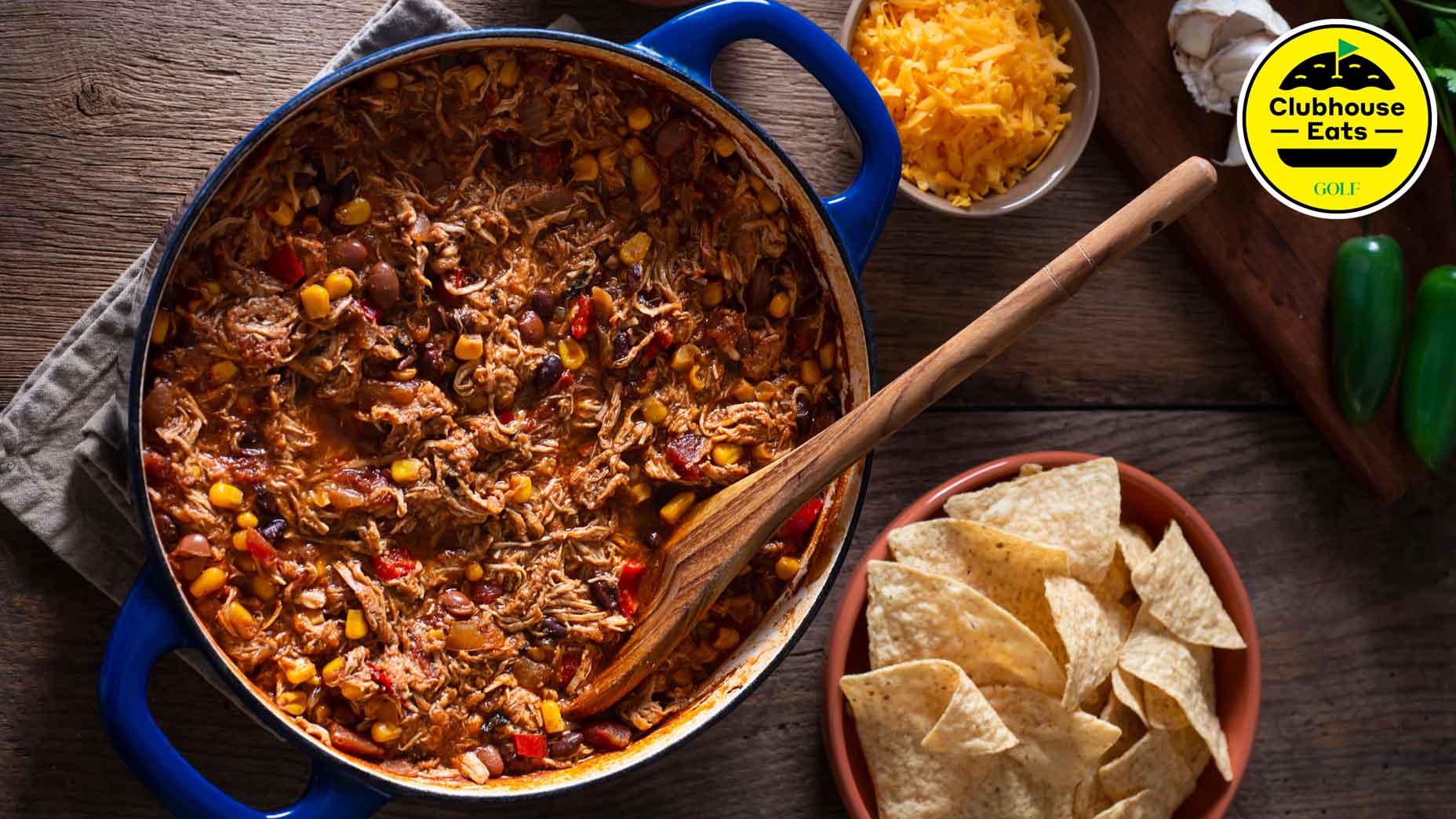
Restaurant-quality chili is possible to replicate at home.
Getty Images
With the coldest winter days upon us, warming bowls of comfort food seem to always be on our mind. In that regard — and in spite of the irony of its name — chili does the job every time.
Guests who have dined at Litchfield’s Restaurant at The Wigwam resort in Arizona when the specials menu has featured chili can attest that Executive Chef and Beverage Director Christopher McLean makes a mean pot of it. According to the chef, the secrets to that recipe (see below), are lean buffalo meat, fresh ground cumin seed, and fire-roasted tomatoes; however, replicating that success at home — no matter what ingredients are used — isn’t difficult, the chef says. It just requires an attention to detail.
In Chef McLean’s estimation, any good pot of chili starts with fresh, good-quality meat, but that doesn’t mean that you need to break the bank when buying multiple pounds of protein. “The less expensive cuts are actually preferred for making chili,” he explains. “It will thicken the liquid during the longer cooking time required to make it just right.” McLean prefers meats with interesting flavors, such as buffalo, elk, or venison, but he acknowledges that any source will do the trick. “Your favorite meat will make a great chili,” he says.
The more important aspect is how that meat is cooked. According to Chef McLean, home cooks too often make the mistake of cooking a pot of chili over too high a heat. The meat may be submerged in liquid, but that doesn’t mean it can’t dry out during the cooking process. If you want to ensure that the meat in your chili is moist and tender, “low and slow,” he says, “is the key to success.”
No matter the type of meat you’re using, you’ll want to start by giving it a good sear, browning it in a hot pot with a small measure of oil. It’s near the end of the simmering process when Chef McLean checks on the meat’s tenderness. “Depending on the cut of meat, cooking time will vary,” he advises. “Tenderloin, for example, will cook quickly, whereas less expensive cuts of meat will take a bit longer.”
If your meat needs more time, but the liquid in the pot has evaporated to the point that the meat is no longer submerged, add just enough liquid to keep the surface level above the meat. In fact, only adding the minimum amount of water is key. “It’s very important to just cover the meat,” Chef McLean explains. “Too much liquid will turn your chili into soup.”
Wigwam Resort’s Southwest-Style Chili
Ingredients:
1 onion, diced small
2 pounds meat, trimmed of as much fat as possible and medium diced
6 cloves garlic, minced
1 medium sized dry ancho chile (de-seeded and broken into small pieces)
1 tbsp. Tabasco Chipotle Pepper Sauce
12 oz. can diced tomatoes (preferably fire roasted)
1 tbsp. ground cumin
2 tbsp. dried oregano
1 ½ tsp. salt
Black pepper to taste
Preparation:
In a large pot set over medium heat, coat the bottom with two tablespoons of vegetable oil, then add the onion, cooking until it softens and begins to brown (approximately five minutes).
Add the meat and garlic, then sauté until the meat has browned nicely.
Add the chile, Tabasco, tomatoes, cumin, and oregano. Cook for 15 minutes.
Pour in one quart of hot water (the liquid should just barely cover the meat).
Bring to a boil, then reduce the heat, cover, and simmer for 1 to 1 ½ hours, stirring occasionally, until the meat is tender and the chili is thick. Keep an eye on the level of the liquid — if it starts to dip below the surface of the meat, add just enough hot water to keep the meat completely submerged. (You can add cooked beans during the last 15 minutes of the process, too, if you like beans in your chili.)
Season with salt and pepper to taste.









